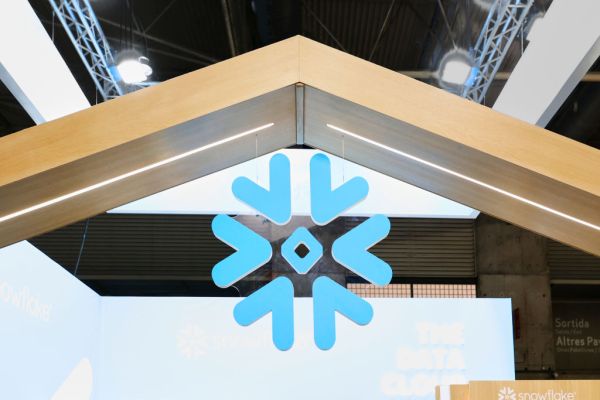Companies use Snowflake to store their data in the cloud. With the ever-growing interest in generative AI and large language models, customers are looking for ways to get started with the technology quickly. Today, the company announced Snowflake Cortex, a fully managed service designed to help both business users and developers work with AI-fueled applications on the Snowflake platform.
It has a couple of purposes, depending on your role. For business analysts, it provides access to several AI tools built on Snowflake’s own custom LLMs to make it easier and faster to interact with data stored in Snowflake. For developers, it helps them build generative AI applications on top of the data stored in Snowflake, in part, taking advantage of a capability that came to Snowflake with the Streamlit acquisition last year.
“At its core we are bringing advanced search, as well as large language models right into the heart of Snowflake with a new component that we call Snowflake Cortex,” Sridhar Ramaswamy, SVP of AI at Snowflake, told a press roundtable last week.
“We want to make these advanced features, which are more and more a requirement for the modern enterprise, and integrate them deeply within Snowflake, so that our power users, the analysts that spend pretty much all of their time in Snowflake, become a lot more productive,” Ramaswamy, who came to the company as part of the Neeva acquisition earlier this year, said.
While developers can tap into Cortex to build generative AI applications, the company is providing several advanced elements out of the box to help analysts take advantage of generative AI. The first is Document AI, a way of extracting data from unstructured documents like PDFs and analyst reports and querying that information. “What Document AI does is make it easy for an analyst without any specialized knowledge of programming or large language models to be able to extract these structured values from these documents and put them into a table,” he said.
In practice, this lets analysts ask questions of unstructured data stored in these documents.
The second feature they are adding is universal search, the capability that came to Snowflake when it acquired Neeva in May. “Search, as many people realize, is the basis for doing interesting things with language models, and we are exposing the core of search on top of Snowflake objects,” he said. This enables users to search across all of their Snowflake data and the Snowflake marketplace to locate data or apps they have built.
The third key Cortex analysis piece is Snowflake Copilot, which takes plain language questions about data stored in Snowflake, and turns them into SQL queries. If done correctly, this could potentially save a lot of time analysts spend familiarizing themselves with the data and column structure to build meaningful queries.
For developers, they can build applications quickly using the Snowflake models, or for those who want more control over the entire process, they can build more customized applications with access to external LLMs like open source offerings, or those from cloud partners like Amazon Bedrock and Azure OpenAI. They also can take advantage of Snowflake Container Services announced in June to deploy the applications more efficiently as containerized workloads.
Snowflake Cortex is part of a broader plan to put the data stored in Snowflake to work in different ways, whether it’s searching, querying or building applications. For now Cortex and its core features are in private preview. The company has not indicated when it will be available more widely at this time.
